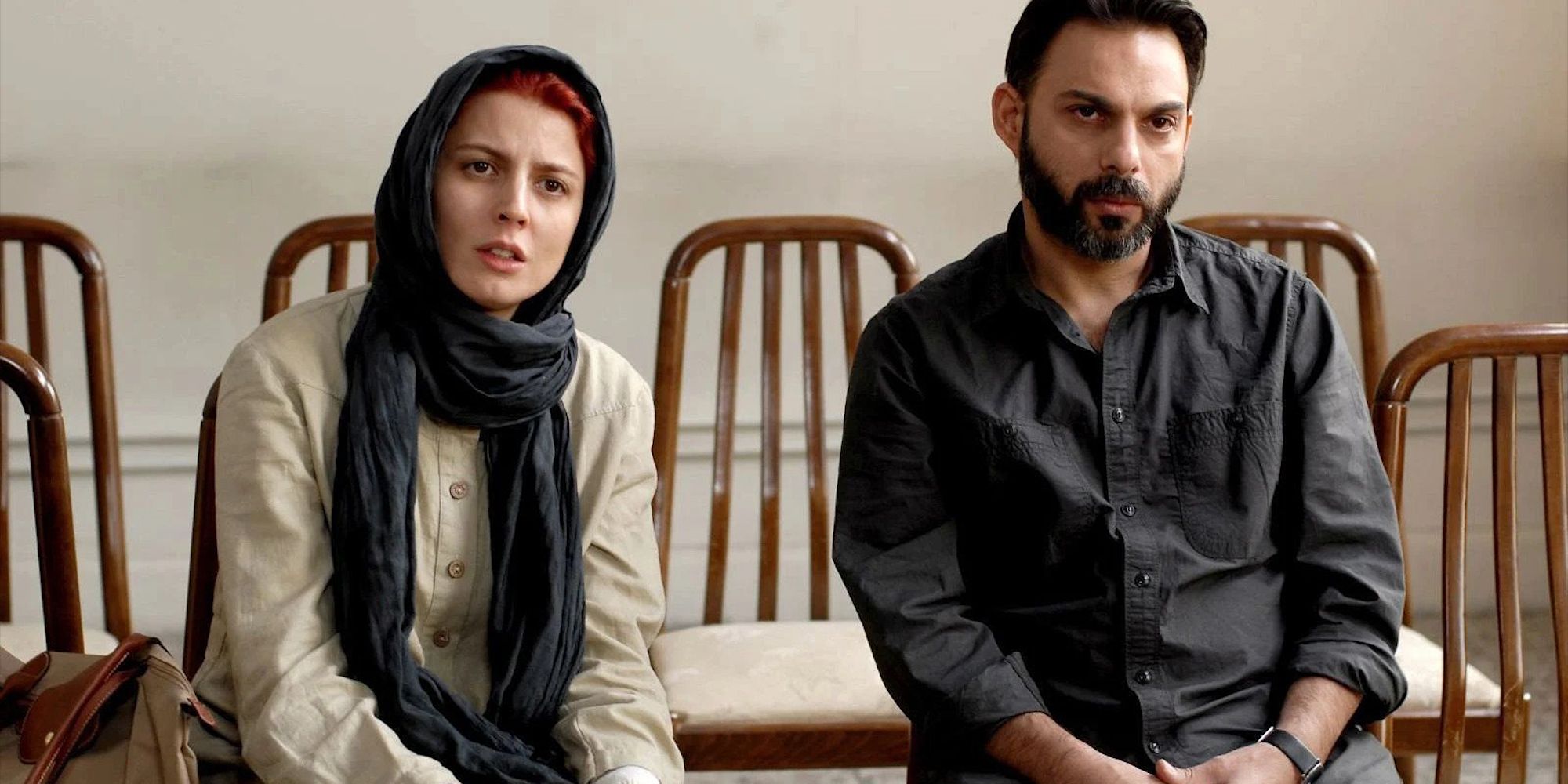The Big Picture
- Suits has unexpectedly become a massive hit on Netflix, surpassing the viewing time record for an acquired series in a single week with 3.14 billion minutes.
- The show’s success suggests a growing desire among viewers for longer seasons of television, allowing for more character development and sweeping plots.
- Short-form TV has its perks, such as attracting high-profile actors, but longer shows offer a deeper and more immersive viewing experience, fostering stronger connections between viewers and the characters.
When Suits, the USA legal procedural starring Gabriel Macht and Patrick J. Adams, made its way to Netflix this past June, no one thought twice about it. The streaming giant had added plenty of similar shows over the years (The Blacklist, Manifest, and Blue Bloods, to name a few, the latter of which has since moved to Prime Video), and Suits didn’t feel any different. However, whether it be something in the zeitgeist or peak summer boredom, the response to the fast-paced show has been far greater than expected. In the week of June 26 – July 2, the show toppled Netflix’s previous viewing time record for an acquired series. Where Manifest, the Netflix hit whose series finale aired earlier this year, previously held the record with 2.49 billion minutes, Suits clocked in with a full 3.14 billion minutes of watch time in a single week. It’s a significant jump, one which must have sent executives scrambling (in the same way reporters have been) to try to understand the cause of the show’s sudden popularity – especially given that it ended its run in 2019.
The ability to stream (and binge) TV has led to smaller, more curated seasons of television, and though some excellent shows have been created as a result, it seems viewers are starting to miss the long-form seasons of network TV’s past. While Suits‘ success might partly be attributed to a certain now-royal cast member (Meghan Markle, the Duchess of Sussex, starred on the show from 2011-2017), we see it more as support for the return of the older model of television storytelling, which featured longer seasons that were significantly cheaper to make. Suits 9 seasons had on average 16 episodes each, and the show ended its run with a whopping 134 episodes. This meant more time for character development, sweeping plots, and –– more than anything –– more time spent with these characters in our homes. It seems Suits’ success is merely helping identify a larger trend: studios bringing back long-form TV.
Suits
On the run from a drug deal gone bad, brilliant college dropout Mike Ross finds himself working with Harvey Specter, one of New York City’s best lawyers.
- Release Date
- June 23, 2011
- Creator
- Aaron Korsh
- Genres
- Drama , Comedy
- Rating
- TV-14
- Seasons
- 9
- Studio
- USA
Short-Form TV Has Its Perks
As the television landscape has changed over the past decade, the incentive for shorter seasons has certainly been made clear. With a shorter commitment for cast and crew, TV shows have been able to cast stars of far greater success than they used to, and as a result, drive viewers to see them in action. Matthew McConaughey in True Detective, Nicole Kidman and Reese Witherspoon in Big Little Lies, even Harrison Ford in Shrinking –– it’s safe to say that all of these actors were much more likely to take on a 10-episode project, which would take a few months to shoot, than they would a 120 episode one.
The switch to streaming also released production companies from the pressures of syndication: in order for a show to be available for reruns on cable networks, they would need to pass the 100-episode mark. Streaming services like Netflix, Hulu, and HBO license content regardless of the episode count, and so most studios opted to release many shorter shows as opposed to fewer, longer ones. Audiences quickly shifted to the new normal –– with advances in technology and the rise of social media, attention spans have gotten increasingly shorter, and quicker, digestible content was exactly what viewers were looking for. But now, perhaps, nostalgia has taken over. While there are clear benefits to short-form content, there are drawbacks as well.

‘Suits’ Is a Surprise Hit on Netflix Again, But Its Writers Are Barely Seeing Residuals
Spoiler alert: You cannot buy a good suit with it.
Longer Shows Have Their Own Benefits, Too
While shorter seasons of TV are inherently more binge-able, there is something lost when a story is told in 10 hours instead of in 20 (or 40, or 80). There is less room for character development and overarching plot points, the moments that help ground the characters, stories, and universes in which these stories take place. In The Summer I Turned Pretty, the teen romance streaming on Prime Video, there are simply too many plotlines to juggle within a 10-episode season. The result is a show that feels disconnected, one where the main characters have gotten lost among a sea of minor ones.
Season 2 of The Sex Lives of College Girls faced a similar problem, where many of their most dramatic plotlines felt like they came out of nowhere: there wasn’t enough time to lay down the foundations for the choices each character made. When How I Met Your Father was given an extended 22-episode order for its second season, creators Isaac Aptaker and Elizabeth Berger told TV Line that they were happy for the “chance to let [their] mystery breathe,” and that they would use the opportunity to add in storylines that they “couldn’t do [for Season 1] because [they] didn’t have enough space for them.” In longer-form television, not every scene needs to further the plot – in fact, not even every episode does. With more room to play, characters get richer and stories become fuller. And with more time spent watching them, our connections to the shows only grow.
In its nine years on air, Suits had slow-burn romances, breakups, and makeups. Coworkers made alliances and enemies, quit their high-stakes New York City law firm and came crawling back, had incredible wins and quite a few losses. The primary couple on the show, Mike (Patrick J. Adams) and Rachel (Markle), only got together at the end of the second season, a full 28 tension-filled episodes after the characters were introduced. The show has plenty of characters but devotes enough time to truly get to know them – from Louis Litt’s (Rick Hoffman) affinity for mud baths to Donna Paulsen’s (Sarah Rafferty) fiery loyalty, we learn enough about the characters to truly center them within the Suits world. This isn’t to say that every decision the show made was well-thought-out: as is nearly impossible to avoid with shows of this length, there are quite a few plotlines that don’t really work. While neither format is perfect, it is impossible to ignore the strengths present in long-form series, which have certainly been less popular since short-form TV became the norm. Will the renewed popularity of Suits pave the way for more series with 16-20 episode seasons? It seems time will tell.
Suits is currently available to stream on Netflix in the U.S.
Watch on Netflix




